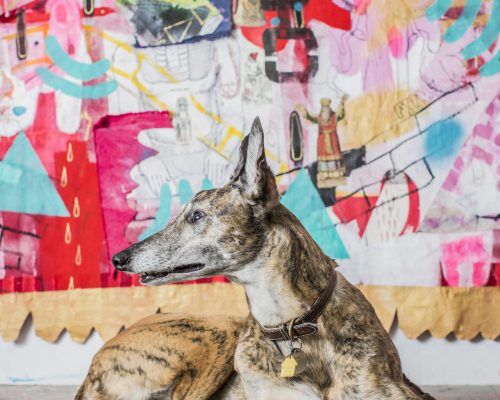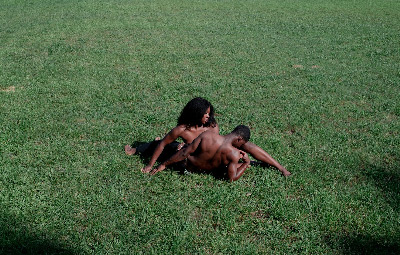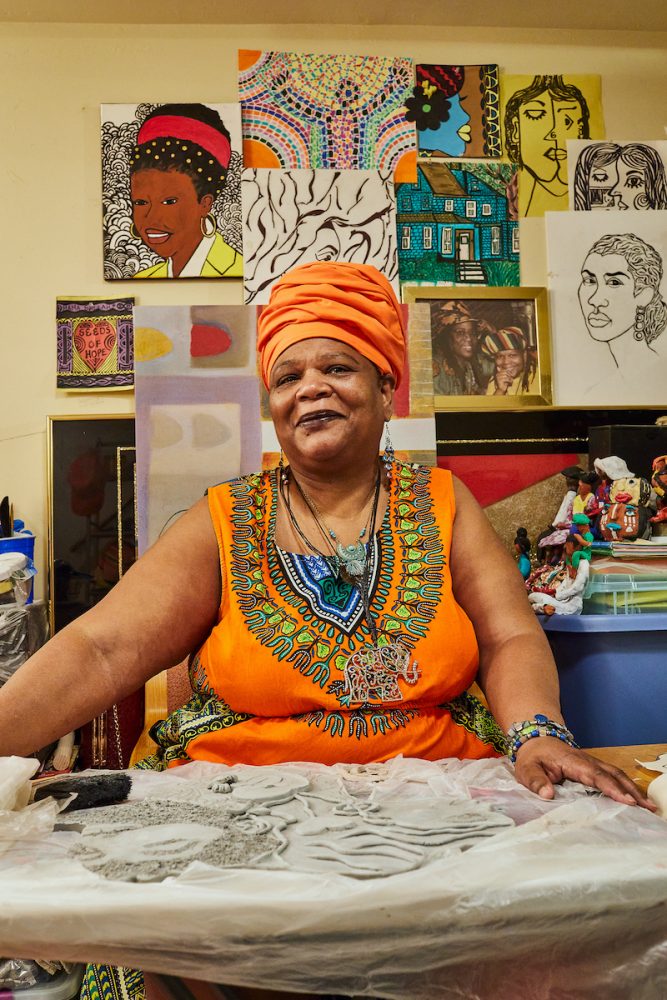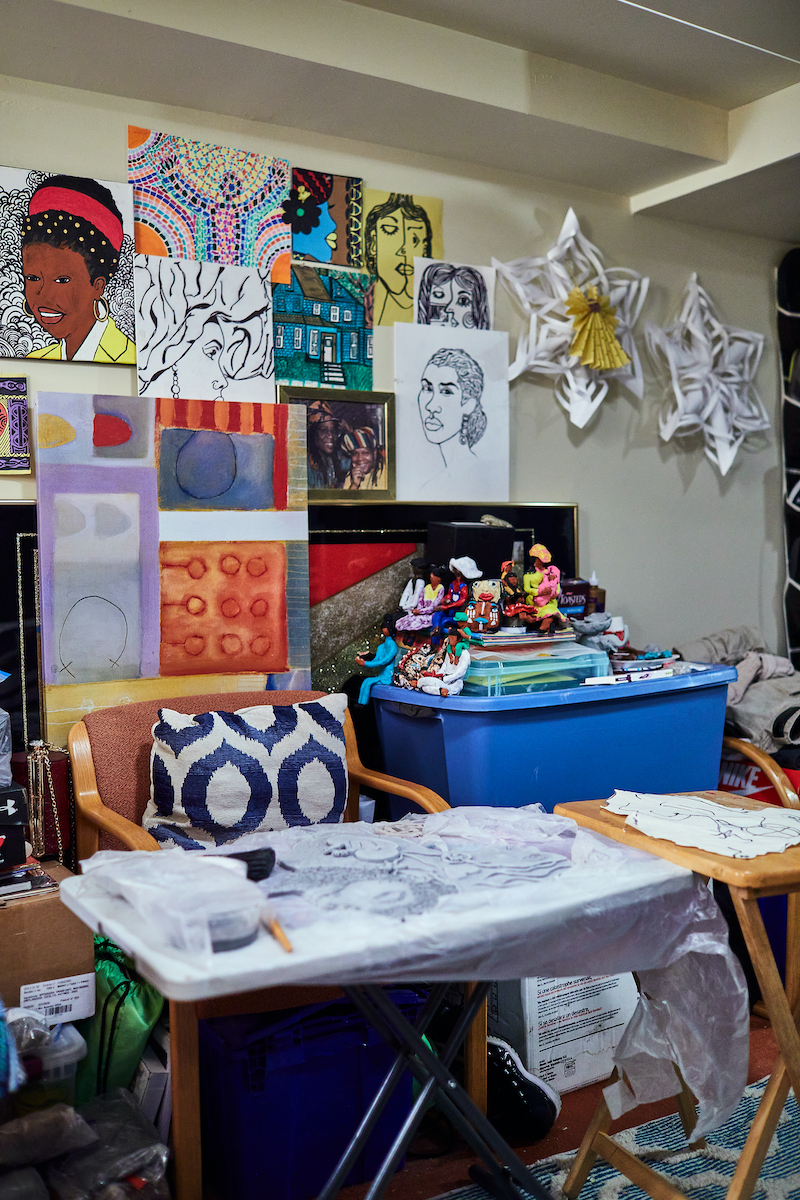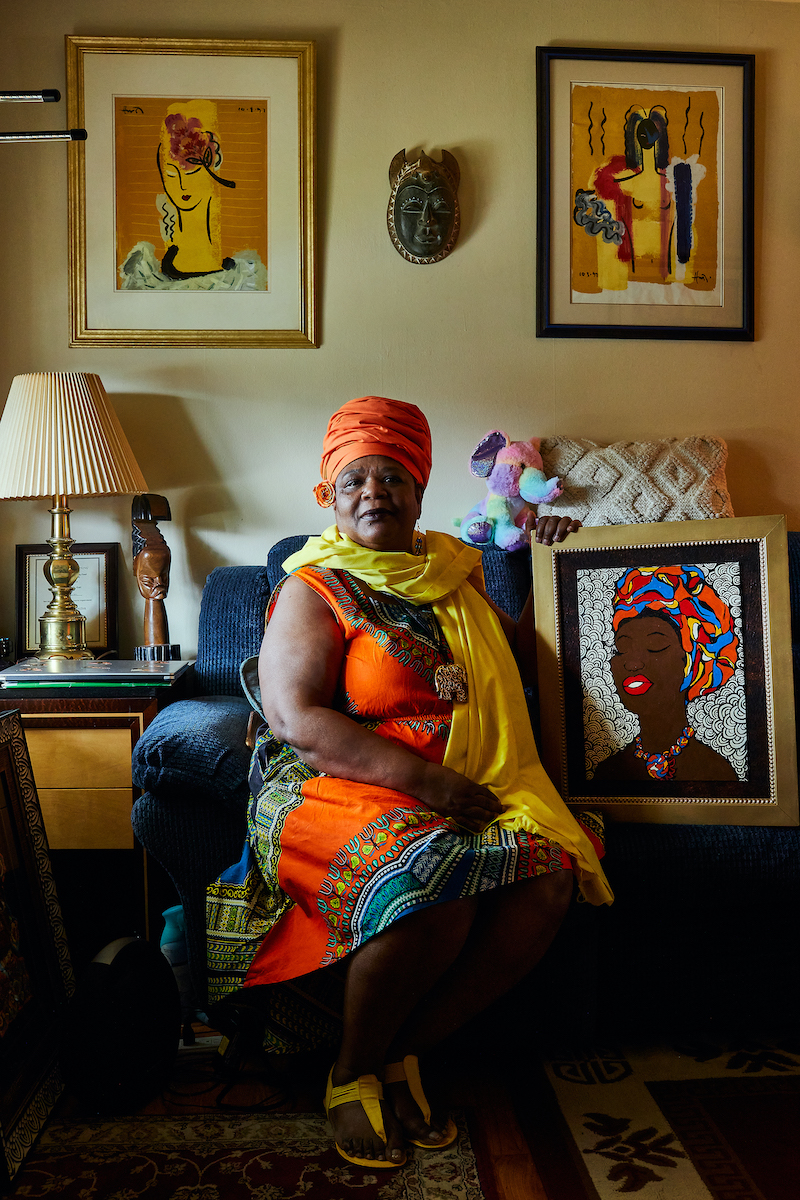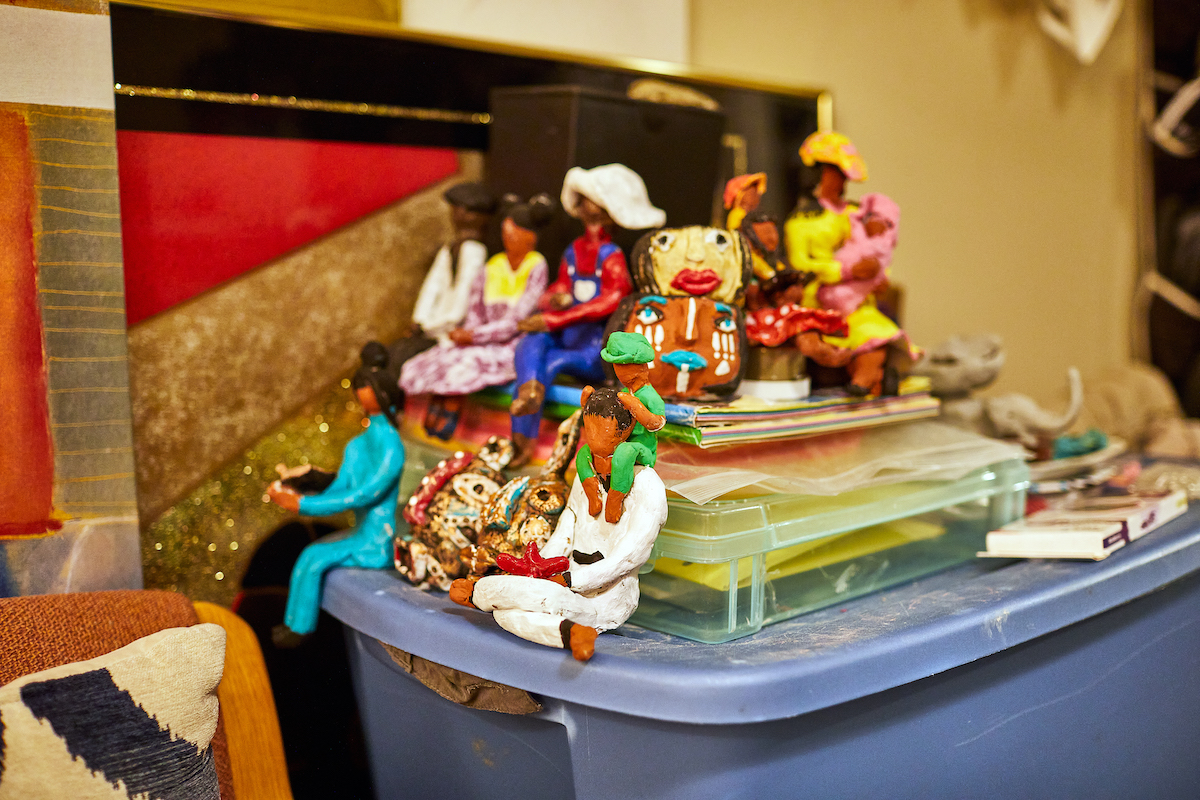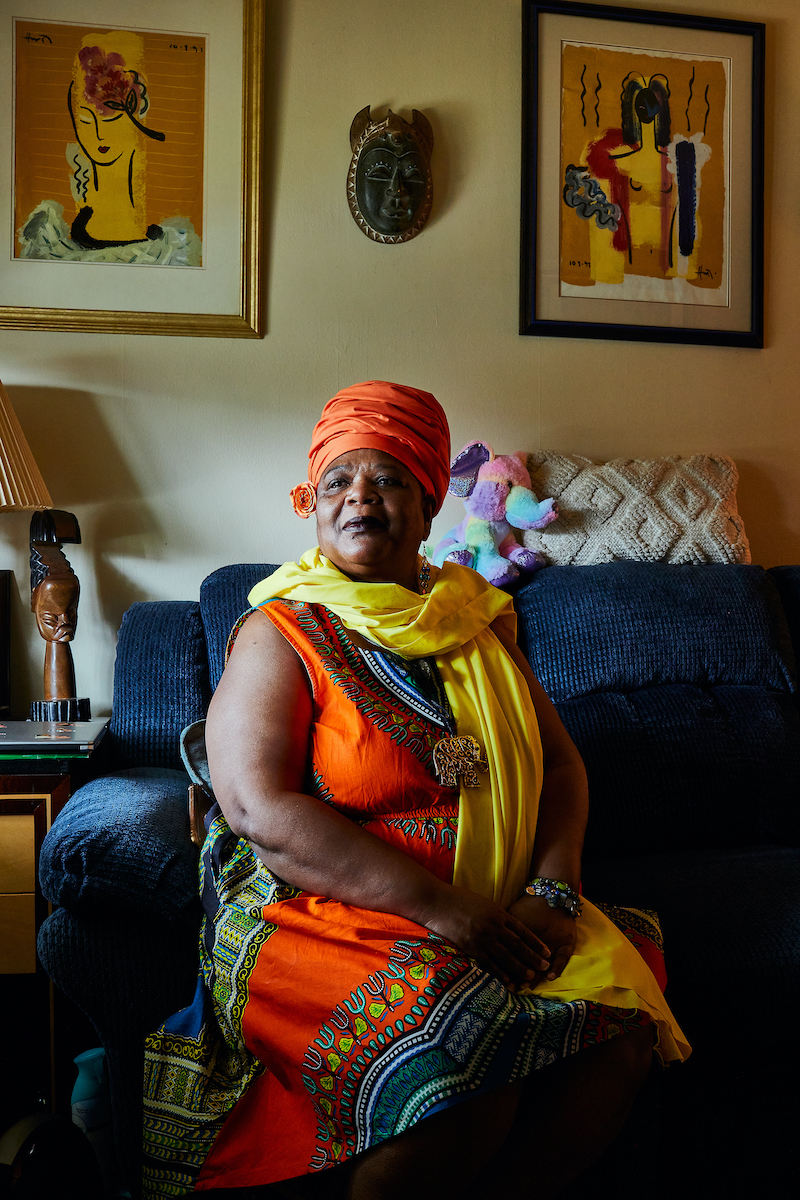Mama Sallah Jenkins is ready for her turn. Born and raised in Baltimore’s Barclay neighborhood, Jenkins describes an idyllic childhood spent playing inside and outdoors with other children, celebrating holidays as a community, and enjoying the slower pace of life pre-internet. Close with her family and raised by her maternal grandparents, she’s always been creative and motivated to excel, so she went to college, but got pregnant her freshman year. It was 1976, and there weren’t even the tepid accommodations for breastfeeding mothers that we have now. The lack of institutional support and stigma felt like too much, so she left school to care for her child.
Being a good mother has become the guiding element of Jenkins’ life. After her first child, she went on to have seven more. “I didn’t do anything for about 30 years of my life because I had children in three decades—seventies, eighties, and nineties,” she says with a laugh. “I was a very particular mother about who’s around my children, their education, everything.”
A single mother, Jenkins raised her children on her own by selling her artwork and teaching art at schools and community centers. She worked any creative temporary job she could find to make money. “I never knew what a starving artist was,” she says. “I never stopped with my art. It paid rent, it bought children’s clothes and paid for gas and [electricity]. And then I did other things: tie-dye, hair braids, I cooked—I’m a very good cook. So if I didn’t sell any jewelry, I always knew my food was going to sell.” If there was a kid-focused event, face painting was a good source of income. “Art was what sustained me and my family.”
Jenkins’ artistic practice is expansive and has been interdisciplinary before that was a go-to art buzzword. Clay is her primary medium, but she also works with found materials and collage. There isn’t much that she hasn’t taught at one point or another in her long career as an arts educator, teaching children and adults in schools, art centers, and community spaces. In addition to her work making and selling arts and crafts, Jenkins taught a lot of dance classes in the 1980s and art school workshops in the 1990s.
Jenkins remembers when teaching used to pay better. “Baltimore City paid artists back then nice amounts of money. I would teach for an hour and a half and come out with $300,” she explains about teaching lessons during Black History Month in the 1990s. “I did three schools a week or maybe six schools a month back then. Another thing too, they would give you your checks that day,” unlike today when state and government institutions need a month or six weeks to process payment.
